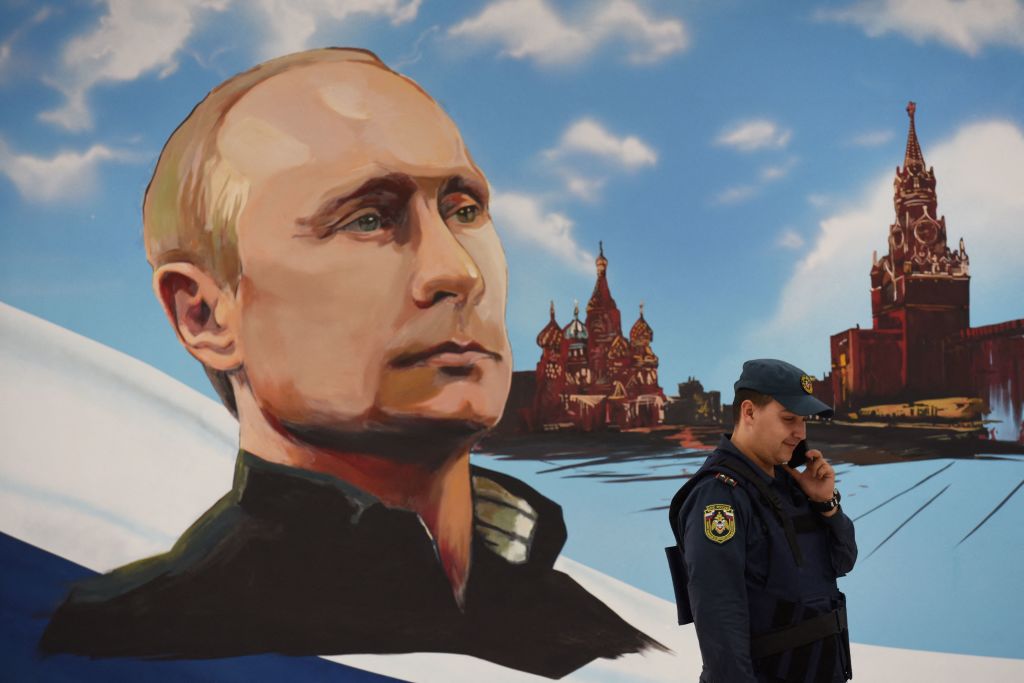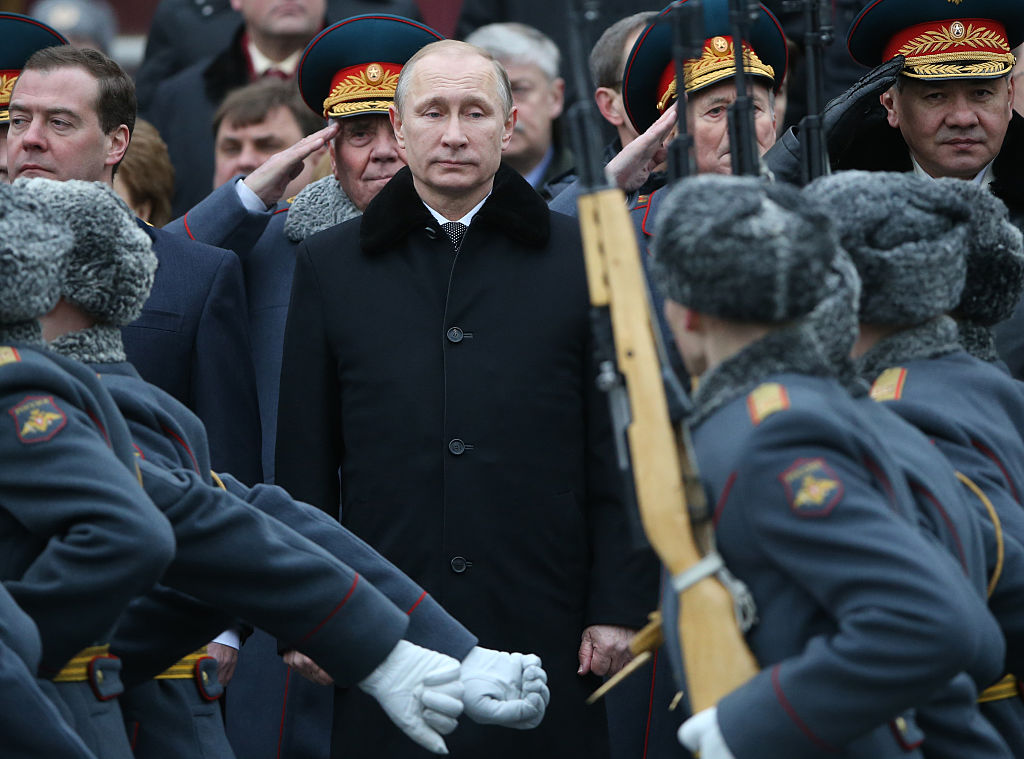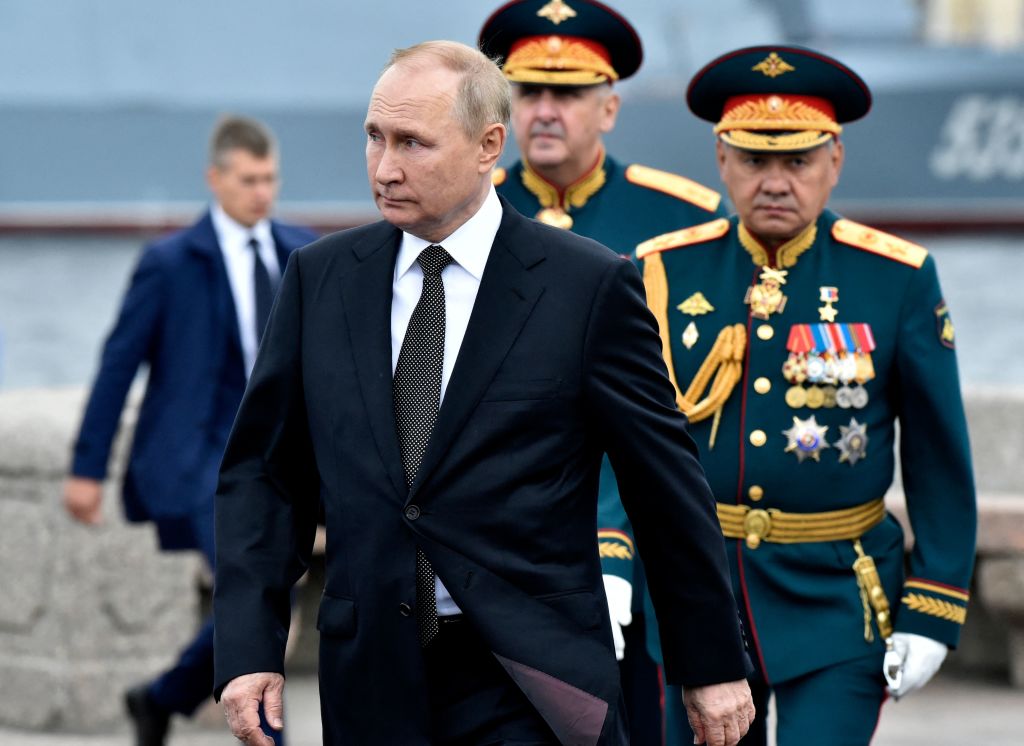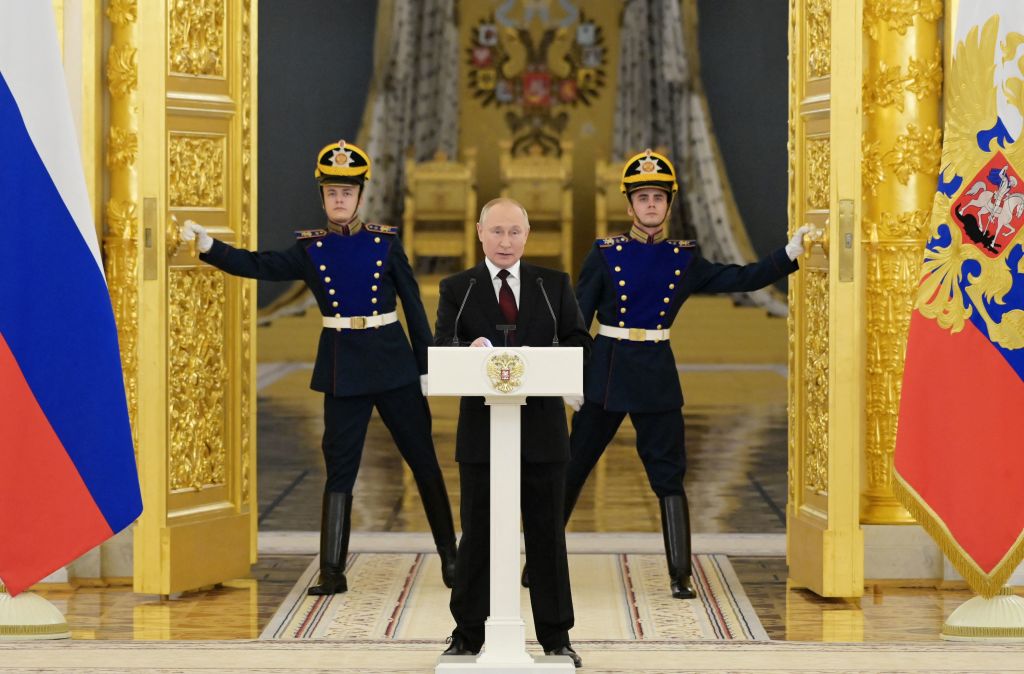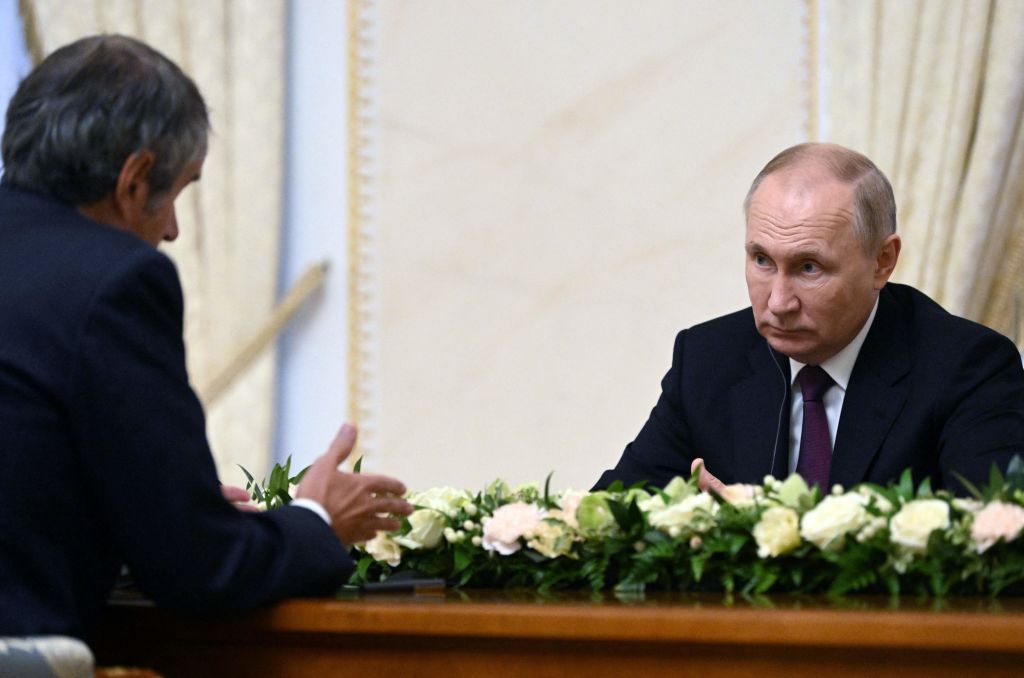No, it’s not new. Russia and China have been best buddies for decades

Maybe people are only just beginning to notice the close alignment of Russia and China. It’s discussed as a sudden new phenomenon in world affairs, but in fact it’s not new at all.
The two countries have been each other’s most important diplomatic partner since no later than 2002, according to my research. Throughout this period, Russia has been central to China’s building of an alternative world order.
Based on the structured way the Chinese foreign ministry publishes incoming and outgoing diplomatic visits, I built a database that covers the presidential periods of Hu Jintao (2002–2012) and Xi Jinping (2012–present). My clearest finding was the dominance of Sino-Russian exchanges. The graph below shows the trend in Russia-China visits.

Russia-China visits (ministerial or higher) listed by the Chinese foreign ministry. Source: author.
This decades-old habit of intense interactions remained stable after Russia’s full-scale invasion of Ukraine in February 2022. Beijing and Moscow’s similarly bleak view of the international order cannot be undone by a few trips of some eager European ministers to China or a few ill-thought-out US concessions to Russia.
The intimate nature of president-to-president ties is clear. Beyond the period covered by the database, there has been a state visit in one direction or the other every year since 1999. Since Russian President Vladimir Putin took office in 2000, a Russian president went on a state visit to China every even year, and every uneven year a Chinese president went to Russia. The exceptions are Xi’s extra visit to Moscow in 2015, officially called mere ‘attendance’, for the World War II victory parade. And there were no visits either way during the Covid-19 pandemic. Both Hu and Xi made their first foreign visit as president to Moscow.
There is no other country that has a diplomatic relationship with China like this. Russia is the top outgoing destination during Hu Jintao’s and Xi Jinping’s presidential terms. Russia was the top source of incoming visits for Hu’s two terms; it ranked second or third for Xi’s first two terms and, so far, for his third term, too. Few foreign officials have led delegations to China as often as Putin and Russian Foreign Minister Sergei Lavrov.
My data shows that Russia has been China’s most important diplomatic partner throughout the governments of Hu and Xi. Observers are right to point to the personal relationship Xi and Putin have developed—one that includes birthday phone calls. However, the empirical data shows that interaction was equally intense when Dmitry Medvedev was president of Russia and under the supposedly less assertively nationalist Hu.
Beyond diplomatic visits, Russia is fundamental to Beijing’s alternative world order. It has always been an important member of international groupings that Beijing began constructing from the 1990s onwards, including the Conference on Interaction and Confidence-Building Measures in Asia and the Shanghai Cooperation Organisation.
China’s views on international order have developed a more global perspective over the years. Starting with the East Asia Summit and the Asia-Pacific Economic Cooperation nearer to home, China now reaches the entire developing world through groupings such as BRICS+. Russia was always there—often to back up Beijing’s camp.
Now this expanding horizon is reaching Europe.
China’s long-term solution for what it still stubbornly calls ‘the Ukraine crisis’ overlaps with elements of Russia’s view of regional order. Within days of 24 February 2022, Chinese Foreign Minister Wang Yi presented a ‘Five-Point Position’ that called for the formation of a ‘balanced, effective and sustainable European security mechanism’.
Wang linked the conflict’s ‘complex historical context’ to the ‘principle of indivisible security’. This Cold War-era idea evolved into a phrase first used by the Soviet Union and now by Russia to claim that NATO expansion infringes on its sovereignty. Chinese officials, too, have since 2022 repeatedly described US Indo-Pacific policy as a ‘NATO of the Asia-Pacific’ that risks triggering the same ‘disaster’ as NATO supposedly did in Europe.
At his press conference following the parliament meeting in Beijing, Wang said no third party could influence the friendly ties between China and Russia. The data backs him up. The relationship has been at the core of Chinese efforts to strike out in the world.
Despite massive historical differences between the Sino-Soviet split and today, the data shows that the practical situation on the ground is durable and sustainable. China’s diplomatic ties with Russia have not quantitatively increased or decreased significantly since February 2022. In contrast, my data shows that after 2014 diplomatic interactions between China and Ukraine declined.
Xi—who has called Ukrainian President Volodymyr Zelensky only once—told Putin during his most recent state visit in 2023 that Russia and China were driving ‘changes unseen in a hundred years’, which he links to his Chinese Dream.
In Xi and Putin’s world, there may be room for Donald Trump. But there is no place for the rules-based international order that many countries depend on. Western capitals and Washington pundits need to realise this is not a whim; Russia has consistently been China’s most important diplomatic partner.



